Discover Japan: The Charm of Incense – 3 Recommended Products
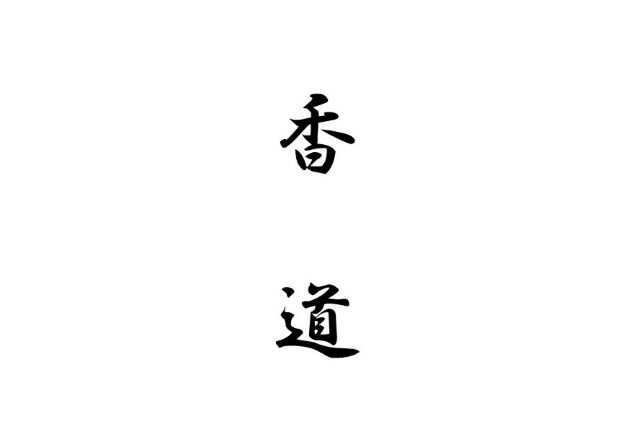
Japan has all kinds of roads, like the Tokaido and Tohoku Expressway, the Chuo Expressway, national and prefectural roads, the Kumano Kodo pilgrimage routes, and even back alleys in the city. But besides those, there are roads that exist in the heart and mind. Think of Judo, Kendo, Karatedo, Kado (flower arrangement), Sado (tea ceremony), and Shodo (calligraphy). These aren’t just skills; they’re disciplines ('Do’道) meant to train the spirit through the practice of a specific art.
Today, we see Judo and Kendo as sports, and Kado (flower arrangement) and Shodo (calligraphy) as art. The standard way of thinking around the world is that the goal of sports is to get better at technique and win matches, while the goal of art is to become popular. So what else is there to it? Well, for Japanese people, that’s not quite enough. Since they’re already going through such strict training, they also want to use the opportunity to train their spirit and become a better person. You could say they’re a bit greedy like that.
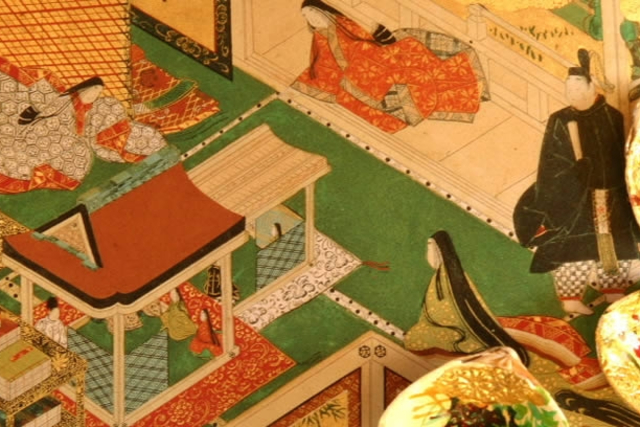
The History of Incense
One of these 'do’ (paths) is called Kodo(香道), the Way of Incense. Incense used in Buddhist rituals is known as osenko. But the kind of incense people usually refer to is used for enjoying its fragrance. Kodo is the formalized way of appreciating that fragrance. While not as well-known as Kado or Chado, Kodo has a very long history, dating back to the Heian Period (794-1185 CE), a time when aristocrats ruled and female writers like Murasaki Shikibu (author of The Tale of Genji) and Sei Shonagon (The Pillow Book) were active.
Incense first arrived in Japan in 538 CE from China, along with Buddhism, as a way to purify the area in front of a Buddhist altar. Later, in 753 CE, the monk Ganjin arrived from China, bringing with him not only Buddhist precepts but also a wealth of fragrant ingredients and recipes. The aristocrats of the time learned about incense as part of their Chinese-style education. They began to enjoy it in their daily lives, not just for religious ceremonies. They’d create intricate blended incenses called nerikou and would also perform iko, the act of infusing their kimonos with fragrance by holding them over a censer. These practices are often described in The Tale of Genji and The Pillow Book.
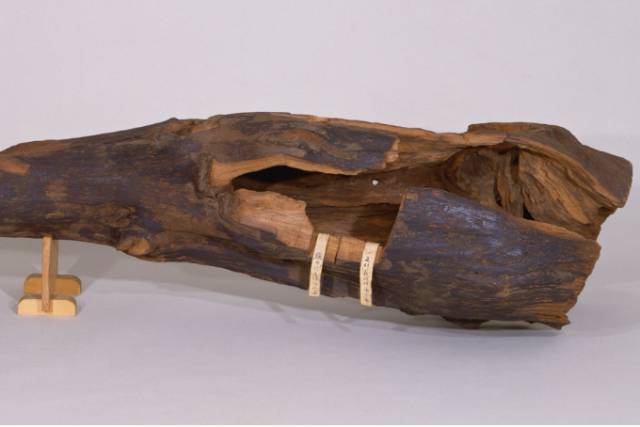
About Fragrant Woods Kohboku,
Fragrant wood, is a type of aromatic wood harvested in Southeast Asia. The oldest record of it in Japan is in the Nihon Shoki, which states that a large piece of fragrant wood washed ashore on Awaji Island in 595 CE. It must have traveled on the Kuroshio Current all the way from Southeast Asia. The locals, not knowing what it was, threw it into a furnace along with other firewood. A thick smoke and a wonderful fragrance spread far and wide. Amazed by this, they presented the wood to the Imperial Court. It is said that this wood was jinsui kohboku, or aloeswood. The most famous piece of fragrant wood in Japan, Ranjatai, kept at the Shosoin treasure house, is also aloeswood.
Aloeswood is produced by trees in the Aquilaria and Gyrinops genera. When these trees get sick or are injured, they secrete a resin as a defense mechanism. Over the course of decades or even centuries, this resin is transformed and aged by bacteria, becoming the source of its aroma. The highest grade, called kyara, has a resin content of over 50%.
Because it’s the result of such a rare combination of coincidences, fragrant wood is incredibly precious. It’s a major export for the producing countries. As a result, it’s been over-harvested and is now much harder to find. Its value is so high that there are now kohboku hunters looking for a quick fortune. So, what exactly is Kodo, a practice that uses this increasingly rare wood?
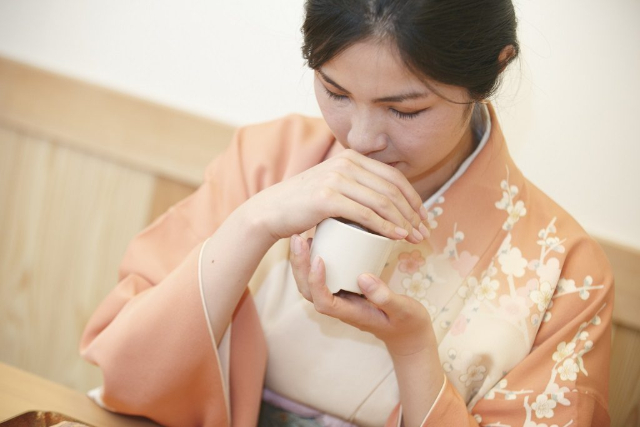
What is Kodo?
After the Heian Period came the Kamakura Period, when samurai warriors took power. These warriors were drawn to the introspective nature of Zen Buddhism, which influenced their appreciation of incense. They began to focus on the spiritual side of appreciating a single piece of fragrant wood, aiming to experience its scent in a more subtle way. This wasn’t just about smelling the aroma with your nose; it was about concentrating to experience its deeper essence. This act was called monko, or 'listening to incense,’ and its formal procedures were established during this era.
Monko truly flourished as a uniquely Japanese culture during the Muromachi Period, evolving into an art form much like Chado (tea ceremony) and Kado (flower arrangement). By the Edo Period, the culture of incense had spread beyond aristocrats and samurai to wealthy merchants. New practices called kumiko (incense games) were created, and beautiful tools were made to go along with them. Various procedures for appreciating incense were formalized, establishing Kodo as we know it today.
In simple terms, Kodo is a ritual where participants burn incense and try to identify where the fragrant wood originated. While there are many schools and their procedures differ, they all share a common goal: using a refined sense of perception to identify rare, natural fragrant woods. The ritual proceeds like this: a small piece of wood is placed on a piece of mica called ginyo, which is then placed over a lit charcoal briquette in a censer. As the censer is passed around, participants 'listen’ to the fragrance and write down its origin on a piece of paper. The fragrance is identified by its origin (the Rikkoku, or 'Six Countries’) and its flavor notes (the Gomi, or 'Five Tastes’).
The Rikkoku are:
Kyara(伽羅): The highest-grade aloeswood, from a limited area in Vietnam.
Rakoku(羅国): Aloeswood from Thailand.
Manaban(真南蛮) : Aloeswood from Vietnam.
Manaka(真那伽): Fragrant wood that came via Malacca.
Sasora(佐曽羅): A type of aloeswood with various theories on its origin, including a place name. Some schools use sandalwood for this.
Sumotara(寸聞多羅): Aloeswood from Sumatra.
The names like Manaka (Malacca) and Sumotara (Sumatra) feel like they’re full of historical romance. The Gomi (Five Tastes) are sour, bitter, pungent, sweet, and salty. These are combined to express the scent, like “sour, bitter, and sweet." A list of 61 famous fragrances has been established based on these combinations, with names like: Fragrance name: Horyuji, Country: Sasora, Tastes: Sour, Bitter, Sweet. As you can imagine, identifying a fragrance from 61 different options requires great focus and experience."
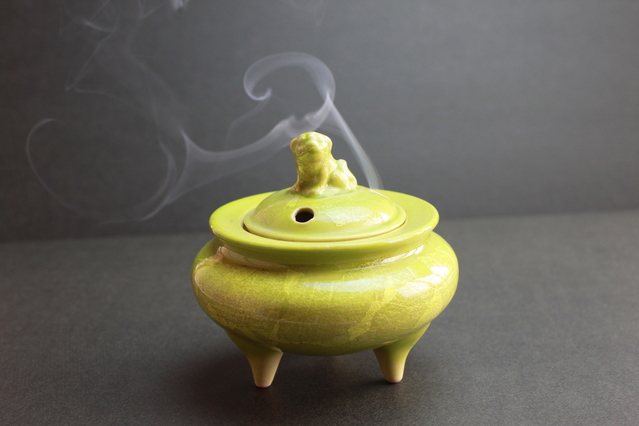
Three Recommended Japanese Incenses
Although fragrant woods have become very expensive, modern synthetic fragrances let us enjoy a wide variety of scents. Incense now comes in new aromas like flowers, forests, and fresh or sweet notes. It’s said that incense can clear out bad energy and bring a sense of peace to a room. But if you want to experience the feeling of ancient dynasties and the world of Kodo, you’ll want something made with traditional fragrant wood.
For that kind of experience, the Horin series from Kyoto’s Shoyeido is an excellent choice. There are six types: Tenpyo, Muromachi, Horikawa, Genroku, Shirakawa, and Nijo. Among them, I recommend the Tenpyo and Muromachi, which are blended with aloeswood, and the Horikawa, which features sandalwood.
Horin Tenpyo (芳輪 – 天平)
- A sophisticated Japanese fragrance with an elegant, high-quality agarwood aroma. It leaves a deep, natural scent that lingers beautifully.
Horin Muromachi (芳輪- 室町)
- A majestic agarwood fragrance. We’ve blended a rich spiciness with a gentle sweetness to create a calming and dignified scent.
Horin Horikawa (芳輪 – 堀川)
- A classic Japanese fragrance that highlights the mellow sweetness of sandalwood. This is a rich, warm, and comforting scent that wraps around you.
Each tea ceremony allows you to experience the feeling of a Heian period aristocrat and the taste of incense.
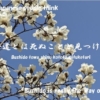
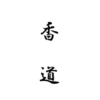
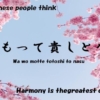
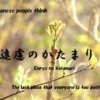
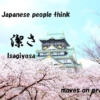
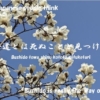

ディスカッション
コメント一覧
まだ、コメントがありません